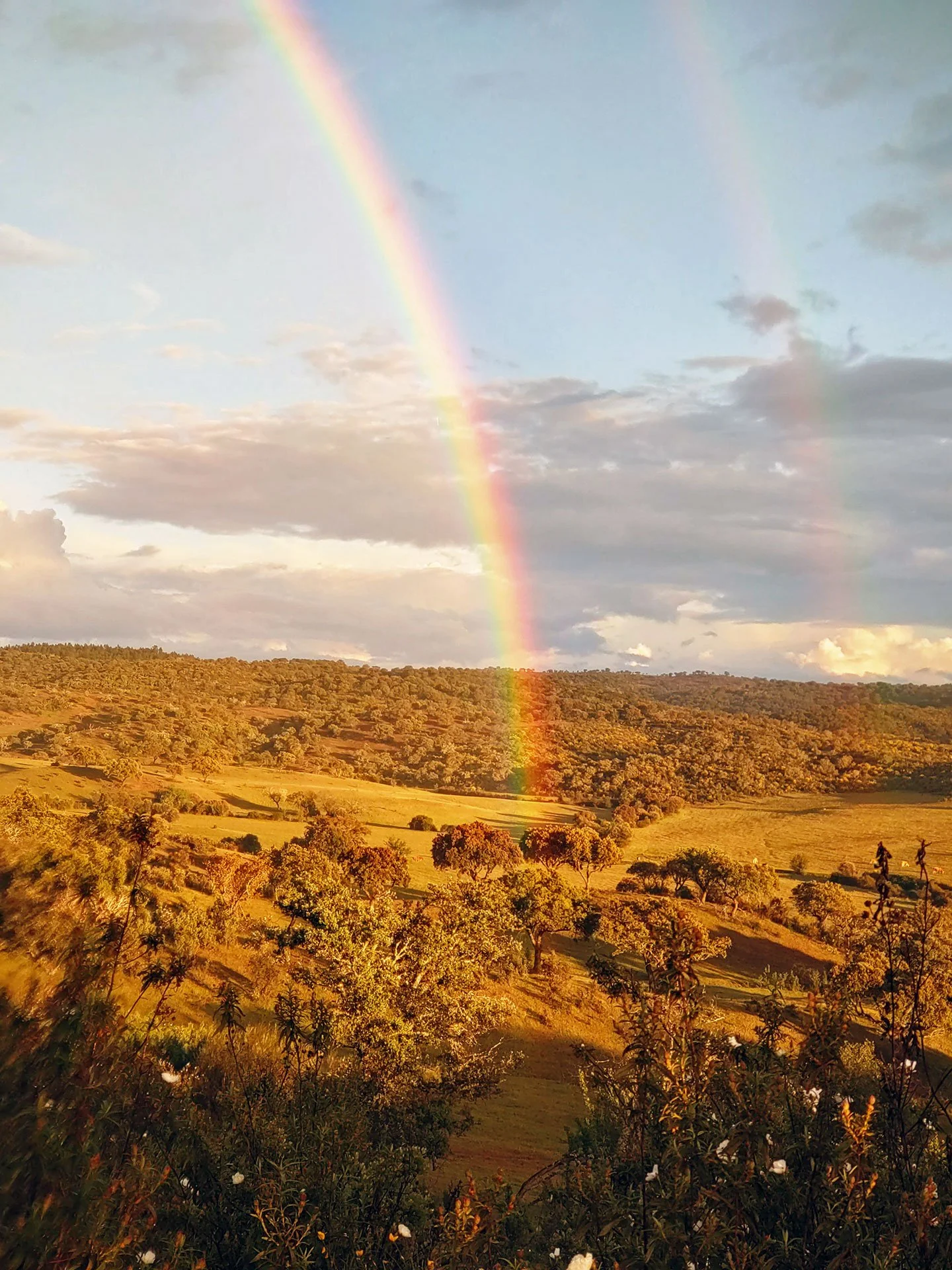Ecological Restoration Program
As a practice, a human activity can be considered regenerative (or sustainable), if the impact it has at its core includes the following principles: reciprocity, restoration, and regeneration (The 3 R's).
-
Reciprocity is the guiding principle for action and attitude that is a necessary consequence of seeking sustainability. It recognizes that the continued extraction of biomass from an ecosystem ultimately cannot support the desired balance the project seeks. Although ultimately compensated by the natural system, this recovery of natural resources takes a long time. Reciprocity then means that we, the social component of this integrated social-ecological system, must take only what we need for the sustainability of our social-economic livelihoods, while giving back to the ecological component that which it needs to maintain its sustainability.
-
Restoration, the principle that guides the project process of interventions, or actions, to restore natural functionality to the system. This is a careful proactive process that includes scientifically informed and technically possible actions for engaging in the rehabilitation of impacted ecosystems, such as soil ecosystems, and the restoration of destroyed ecosystems, such as riparian and woodland ecosystems. If successful, a set of restorative interventions will enable ecosystems to gradually re-enter a state in which autogenous regeneration will again occur, and sustainability is given.
-
Regeneration, a principle supporting both the social and ecological components, differently but with equal benefits. Regeneration in the social context can be described as 'the return of hope and inspiration', the 'return of social benefits' linked to local livelihoods, as the 'return of financial benefits'; however, underpinning this regeneration, is the 'return of natural functionality and nature benefits', through natural regenerative processes (Commonland, the 4 returns framework, and the Millennium Ecosystem Assessment).
-
Based on the three R's, our main work is focused on three thematic, interrelated, components:
-
The goal is to restore the entire watershed contained within the project boundaries, which includes the network of water lines (perennial and seasonal) and the part of the Pônsul River that flows through the Project area. By focusing on water retention and water infiltration, and based on ecological surveys, numerous methods to achieve water sustainability will be employed that include vegetative and other forms of surface and slope terracing (e.g., bunds), the construction of swales along with water reservoirs, as well as the planting of appropriate vegetation to enhance soil conditions and slow rainwater run-off.
-
The goal is to restore impacted and degraded soils by improving soil-based fungi and vegetative groundcover for enhancing soil-water retention capacities.
The conservation of water and soil sustains the entire project. -
The goal is to enhance the protection provided for both endemic and important socio-economic species, and to control and manage both fauna and flora invasive species. Improving the conservation and maintenance of endemic and socio-economically important species, increases the biodiversity of this area. The planting of endemic plants and trees, attracts not only birds to the area, but enhances the inherent communities of bats, bees, and butterflies, as well as other associated species. This process also encourages ranging and migratory species to frequent the Project area, such as deer and birds, for some to remain and others to use the habitats within this watershed as they migrate.
The enhancement of natural food networks involving animals and plants underpins the enhancement of biodiversity and habitat or ecosystem functionality.
-
An important aspect of the Ecological Program, our main work for sustainable land management has two primary goals:
-
To work with the current land-users aiming to develop transition processes for the transformation of current land-use practices to regenerative land-use practices.
-
To develop pilot projects for developing new land use related methodologies, and demonstration projects that employ current successful approaches to land management with the aim of making these long-term initiatives that can serve as models of ‘good practice’ and as a ‘basis for training’ other farmers in our region.
-
Sustainable land management focuses on:
-
The use of industrial agricultural methods like ploughing, planting monocultures, and the use of chemical salts incentivised by agricultural subsidies, has led to degraded soils poor in soil microbiology [well-established]. To create healthier soils, methods such as the use of rippers rather than ploughs, intercropping using soil-enriching plants such as ‘legumes’, the introduction of other microbiologically ‘friendly’ and socio-economically important species, along with introducing fallowing methods and 'holistic' livestock management, all enhance the resilience and sustainability of this social-ecological system.
-
This entails the introduction of techniques that support the vitality of soils, as well as local fauna and associated flora species. This activity is to be developed as socio-economic enterprises supporting the local economy via the use of the environmental potential supporting agroforestry enterprises, such as rainfall and temperature.




